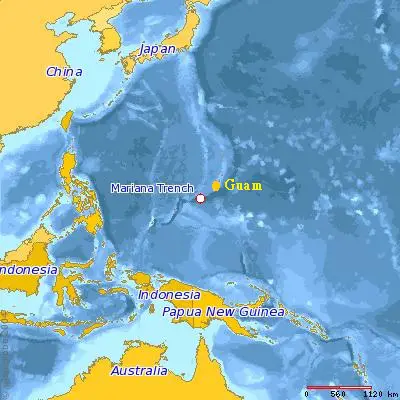Oil spill is the release of oil into the environment. Spilling of crude oil or any oil distilled product ( like gasoline, kerosene, diesel fuels, Stoddard solvent, hydraulic oils, lubricating oils) pollute the surface of the land, air and water environment
Oil spill is a kind of environmental pollution. Oil spill affects marine life for a decade after they occur. The effects are worse if it happens near the coastal communities. Birds, Fishes and other mammals all are affected. The oil penetrates into the structure of birds and the fur of mammals, reducing its insulating ability and making them more vulnerable to temperature fluctuations and much less buoyant in the water. Seas mammals, birds and fishes die if they ingest or inhale the oil. They may suffer deformities like stunted growth, fin abnormalities, fertility problems, etc.
Oil spills also have a negative impact on the local industries. The fishing, shipping and tourism industries often suffer economic losses.
Major Oil Spills
Here is the list of some of the major oil spills in the history of the maritime world.
Gulf War Of Oil Spill
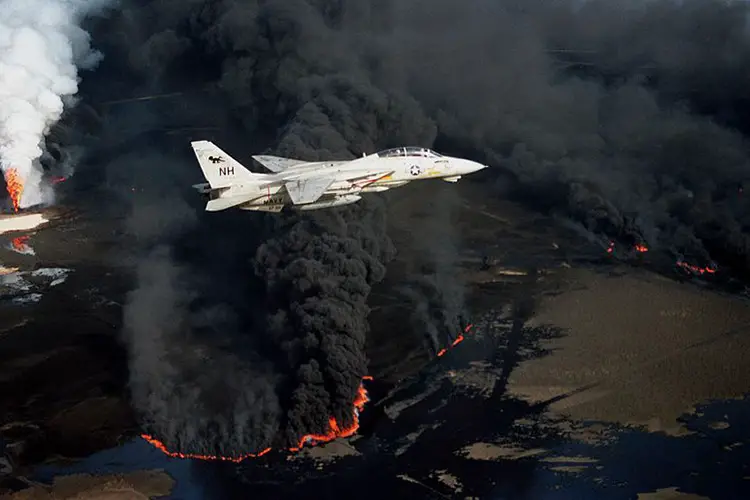
The Gulf War of Oil Spill was one of the largest oil spills in history. It occurred because of the Gulf War. It was not an accident but a deliberate spilling. In 1991, retreating Iraqi forces intentionally released more than 240 million gallons of oil into the Persian Gulf. They did so in order to prevent US forces from landing on the Kuwait beach.
The resulting oil slick ravaged the marine ecosystem of the area. Thousands of seabirds and other endangered species died. A major health hazard on the people was pressed after the spill. The slick reached a minimum size of 101 miles by 42 miles and was 5 inches thick in some areas.
Booms and skimmers were used in order to keep the oil away from the desalination plants, which provided drinking water to residents in the area.
Read more: 15 Common Oil Cleanup Methods At Sea
Deepwater Horizon
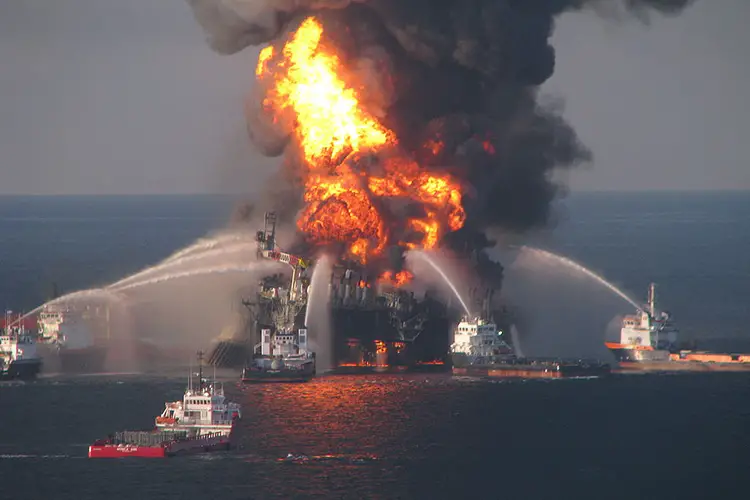
Deepwater Horizon oil spill is also known as the Gulf of Mexico oil spill or BP oil spill. This oil spill occurred at the Macondo Prospect on April 20, 2010. The BP oil spill is considered the largest marine oil spill in the history of the petroleum industry and estimated to be 8% to 31% larger in volume than the previously largest, the Ixtoc I oil spill. This accident led to the release of 4.9 million barrels of oil into the sea.
The accident was caused by the explosion at the oil rig. The oil continuously leaked for 85 days until it was plugged. 11 workers died in this accident.
Almost 10 million pounds of oily residue was removed from Louisiana shorelines. It killed vegetation and caused erosion. The oil disaster affected the cellular function of the killfish. A US district court found BP responsible for the spill due to negligence. They had several fines and civil settlements totaling 60 billion dollars. It is still to date one of the most infamous oil spills in the US.
Ixtoc I Oil Spill
Ixtoc I oil spill accident led to the release of 140 million gallons of crude oil into the Bay of Campeche. Ixtoc I was an oil well bring which was being drilled in the southwestern Gulf of Mexico by a government-owned country Pemex in 1979. On June 3, the circulation of the drilling mud failed, causing an oil spill, explosion, and fire that led to the destruction and sinking of the rig.
The spilled oil covered the area of 1100 square miles. It caused severe damage to marine life. To slow down the flow of the oil, mud and sheet balls were dropped into the well. Later the spilled oil was contained using skimming equipment and bonus.
Atlantic Empress
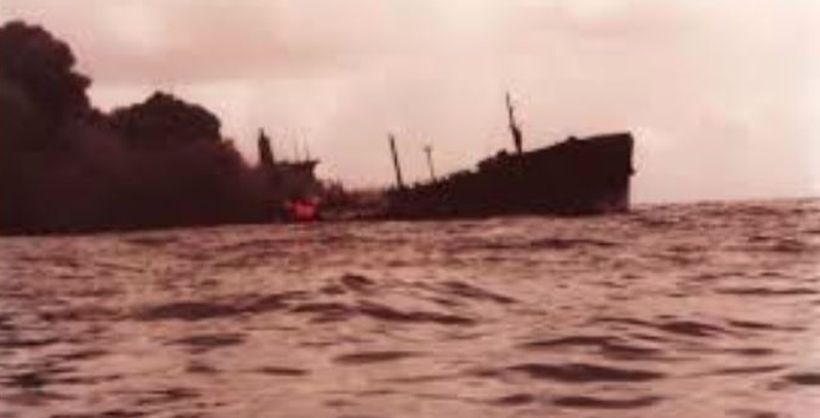
SS Atlantic Empress was a large crude oil carrier built in Denmark and launched in 1974. Just five years later, in 1979, it collided with the Aegean Captain 18 miles off the coast Tobago. It was on its way to Texas while the other oil transport was en route to Aruba. It was owned by the South Gulf Shipping Company of Greece. The collision and fire claimed the lives of 26 of the Empress’s crew members.
Atlantic Empress burnt for two weeks before it sank after it was towed to shore. About 88.3 million gallons of crude oil were spilled into the sea. It was the largest ship-source spill ever recorded. No oil came ashore and no indications of any environmental damage were observed.
Atlantic Empress was the largest ship ever sunk. There wasn’t much cleanup needed because of the climate conditions.
Nowruz Field Platform
This massive oil spill accident took place on February 10, 1983. This oil spill was caused by a tanker ramming into a rig. 1500 barrels of crude oil leaked per day but as it was in the middle of the war zone so the oil spill could not be capped. The platform was attacked by the Iraqi helicopters and the slick caught fire. The rig was eventually plugged in September 1983.
Overall, 80 million gallons of oil spilled. Eleven people lost their lives during the capping. Skimmers and pumps of Norpol (a Norwegian company) were used for the cleanup process.
ABT Summer
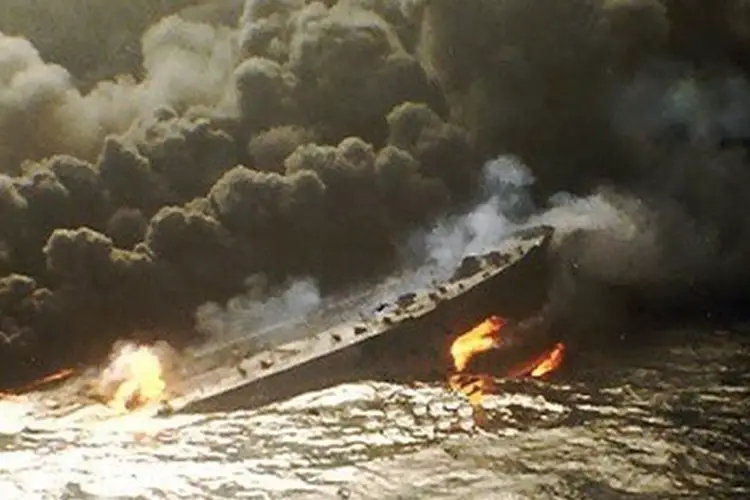
ABT Summer oil spill was loaded with approximately 1.9 million ballers of oil when it exploded just 800 miles off the coast of Angola, Africa. Tanker blew up at random causing the entire ship to start sinking. The cause of the explosion is still unknown. Out of 32 crew members, one died in this accident and 4 members went missing. They were never found and were declared dead.
ABT Summer oil tanker was an Iranian crude oil ship that was built in South Korea. 51-81 million gallons of oil spilled in this accident. The environmental impact was very less compared to what was expected. There was not much to clean up after the oil spill. The tanker burned for three days before sinking. Surprisingly, the oil was broken up by high seas. Along the coast, the action was taken to clean up the spill. It took a large number of workers and machinery to clean it up.
Castillo De Bellver
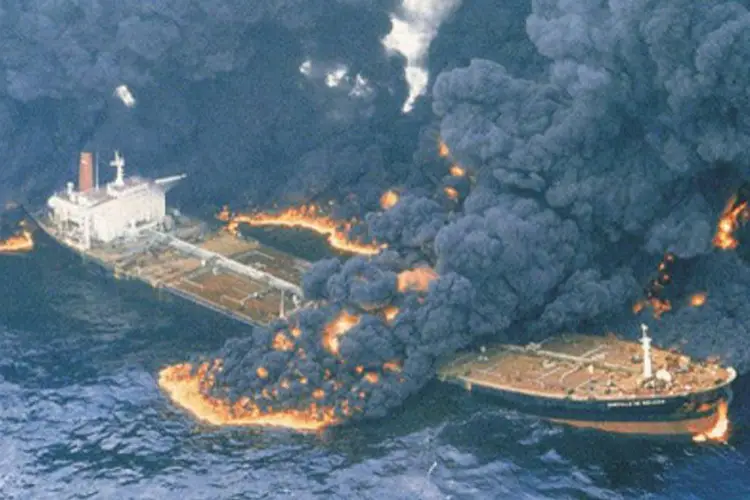
Castillo De Bellver oil spill started on August 6, 1983. This crude container ship caught fire about 70 miles north-west of Cape Town, South Africa. The tanker was carrying crude oil through an environmentally sensitive area. It was carrying 250,000 tonnes of light crude oil. The vessel was abandoned and broke apart after drifting offshore. Luckily, no human life was lost in this accident. A total volume of 145,000-170,000 tonnes of oil entered the sea.
Although the accident took placed in the area having rich flora and fauna, the environmental damage was less. There was little damage to the local fish market. “Black rain” of oil droplets fell immediately to the east of the spill during the first 24 hours on wheat-growing and sheep-grazing fields, but no long term damage was recorded.
Amoco Cadiz
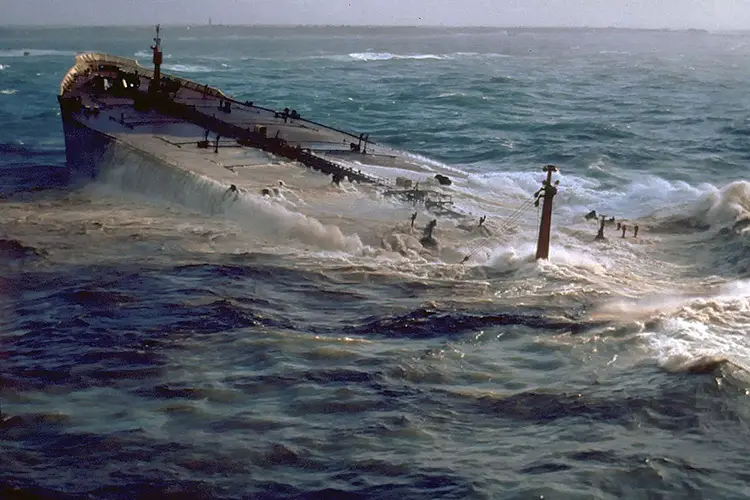
Amoco Cadiz oil spill took place on March 16, 1978. It was a very large crude carrier (VLCC) owned by Amoco Transport Corp. On its last journey, the ship was heading for Lyme Bay in the United Kingdom when its rudder and hydraulic system were damaged. Several attempts were made by the German and French tug boats to pull the ship to open waters. But the ship hit a rock and began to leak. The stormy weather resulted in the complete breakdown of the ship. The ship ran aground on shallow rocks off the coast of Brittany.
Amoco Cadiz contained 1,604,500 Barrels of light crude oil. The US NOAA estimates that the total oil spill amounted to 220,800 metric tons of oil. It was listed as the world’s fifth-biggest oil tanker accident. The oil penetrated up to the depth of 20 inches in the sands of affected beaches. The Amoco Cadiz incident resulted in the largest loss of marine life ever recorded after an oil spill of that time.
Taylor Energy
Taylor Energy was an American oil company. Taylor oil spill is an ongoing spill located in the Gulf of Mexico, around 11 miles off the coast of the U.S. state of Louisiana. The spill started in 2004 because of the destruction of a Taylor Energy oil platform during Hurricane Ivan. It was noticed after the Deepwater Horizon oil spill took place.
Satellite imagery shows slicks varying in size, sometimes ranging up to 30 miles in length. These slicks have the potential to impact public marine resources including plankton, fish, birds, mammals, and turtles. As of 2018, it was estimated that 300 to 700 barrels of oil spills in the ocean every day. Taylor Energy has spent as much as $435 million or more decommissioning the site. They contend that nothing can be done to contain the spill.
MT Haven
MT Haven was a VLCC, hired by Troodos Shipping. In 1991, the ship exploded, caught fire and sank off the coast of Genoa, Italy. It became one of the largest shipwrecks in the world. Also, it was one of the worst oil pollution incidents in the Mediterranean Sea. The tanker was carrying 144,000 tons of crude oil.
The reason for the explosion was poor maintenance of the ship. Six crew members lost their lives in this accident. About 45 million gallons of oil spilled for 12 years. The oil spill caused severe damage to the marine life of the sea. Booms and skimmers were employed by a private company that recovered approximately 35,700 barrels of oil.
Odyssey Oil Spill
Odyssey was a Liberian tanker that sunk into the ship because of the explosion. This accident happened on November 10, 1988, 700 miles off Nova Scotia. The tanker suddenly exploded and broke into two, catching fire. The explosion occurred because of the storm. The spilled oil caught the flames and burned, so no oil reached the coastal area.
27 crew members went recorded missing and were assumed dead. About 43 million gallons of crude Brent oil spilled into the sea. There was no cleanup required as most of the oil had burnt away. The impact on marine life was also less. Only the fishes, birds were affected.
Exxon Valdez Oil Spill
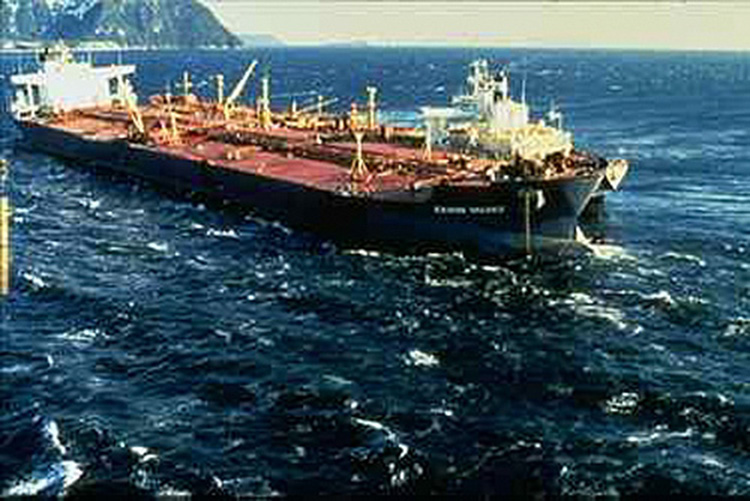
Exxon Valdez oil spill was a massive oil spill that occurred on March 24, 1989, in Prince William Sound, an inlet in the Gulf of Alaska, the U.S.
The ship was carrying 53 gallons of crude oil when it struck Bligh Reef. The impact of the collision tore the hull of the ship and 11 million gallons of oil was spilled.
It was the worst oil spill in the history of the U.S. until the Deepwater Horizon oil spill that occurred in 2010. The oil slick covered 1300 miles of the coastline and killed hundreds of seabirds, otters, seals, and whales. Exxon paid about 2 billion dollars for the cleanup and 1.8 billion dollars for habitat restoration and personal damages related to the spill.
Kolva River Spill
Kolva River is a river that is surrounded by the cities in Russia such as Perm and Usinsk, Russia. They are in the Komi Republic. Kolva River oil spill took place on August 6, 1983. The cause of this oil spill was poor maintenance of the pipeline. Oil pooled around the rupture site for eight months. It was contained by the dam, but the dam ruptured letting the oil spill into the river.
About 2 million barrels of oil spilled into the river. Nobody died but the people of the village Kolva report digestive and respiratory organ issues along with the infectious disease. It is considered one of the major oil spills in Russia.
These were the major oil spills that took place in the maritime time world over time. These all resulted in the loss of marine life, loss of human life and economic loss.
from WordPress https://www.maritimemanual.com/major-oil-spills-of-the-maritime-world/
